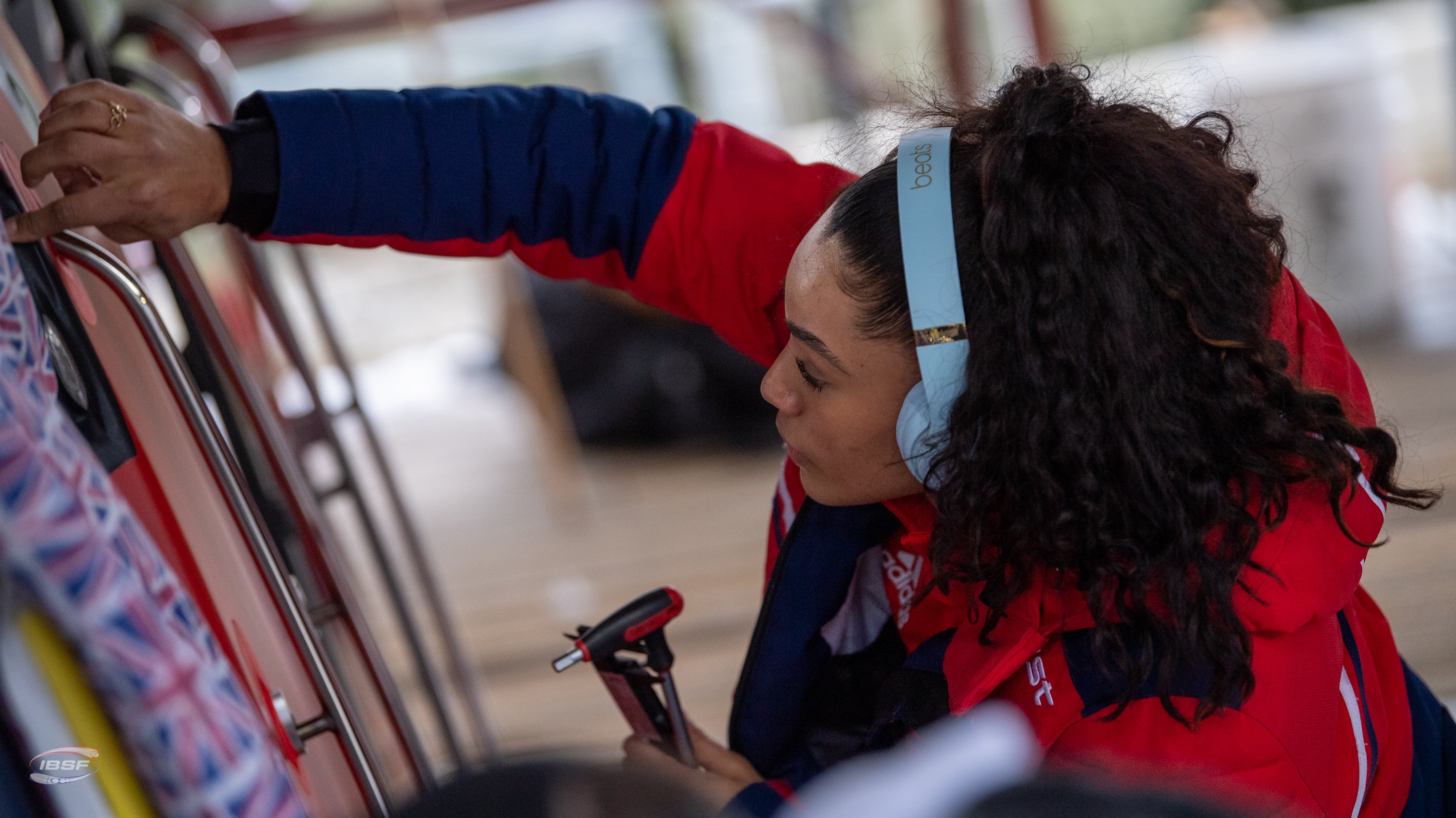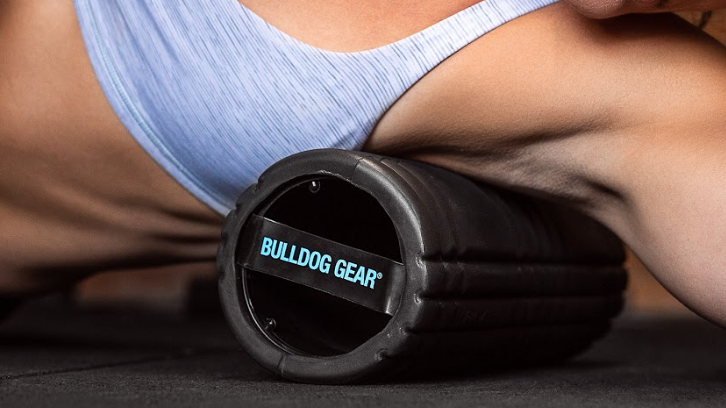|
01/03/2022 | Andrew Tracey Andrew Tracey is a long time collaborator with Bulldog Gear. A coach, writer and current fitness editor of Men’s Health Magazine, he has been in and around the fitness industry for the past 16 years. Having enjoyed and endured a number of disciplines from endurance racing, to strongman, to Crossfit AT enjoys getting neck deep in the practice just as much as the theory. |
If you follow any fitness accounts on social media, there’s every likelihood that you’ve already heard of ‘the nordic curl’, a bodyweight hamstring exercise that in effect allows you to perform hamstring curls (the type you’d usually see performed on specialist machines), targeting all four muscles in the back of the legs with nothing but your bodyweight.
Despite the sudden surge in popularity, the Nordic Curl is by no means a new invention dreamt up for instagram engagement alone. In fact, it can be traced all the way back to the 19th century, where it was featured in books on physical culture.

This one’s a classic.
Don’t be lulled into a sense of false security by the ‘bodyweight’ suffix though, this is by no means an ‘easy’ movement- unassisted Nordic Curls make high rep sets of the pistol squats look like child’s play. With a myriad of regressions to work through and strength to be built before you can even come close to performing a single, solitary rep, this is far from an entry level exercise.
Thankfully, if you’re less than interested in working your way through the regressions, and want a pragmatic solution to start hitting those hamstrings now, there are several, specialist machines that offer counterweighted solutions, helping you to offset the weight of your body while you focus on building strength. Great for those who have access. Less so for the rest of us.
Fortunately, there’s a solution that requires no specialist machinery, can be performed in any gym, and only necessitates a few bits of kit that you probably already have in your gym bag.
Buckle Up: DIY Assisted Nordic Curl Hack
-Position a bench slightly in front of a pull-up bar or sturdy anchor point for a resistance band.
-Loop a band around the bar.
-Assume a tall kneeling position on top of the bench, facing away from the bar.
-Wrap a lifting belt around the bench and over your legs, just above your heels.
-Adjust the belt until your feet are snuggly compressed into the bench, ensuring there is no free play in the belt.
-Reach back for the resistance band, hold it over your head or position it beneath your armpits
-Tense your glutes, brace your core and slowly allow your body to begin ‘falling’ forward, contract your hamstrings to slow your descent allowing the band to help.
-As your chest touches the bench flex your hamstrings focussing on ‘breaking out of the belt’.
-Maintain a straight line from your knees to shoulders as your rise back up to the starting position.
If this is initially too difficult, use your arms to push the bench away and help you back to the top, focussing on controlling the eccentric or lowering portion of the rep.
As your strength builds and the number of reps you are able to perform rises, use progressively smaller bands for assistance.



